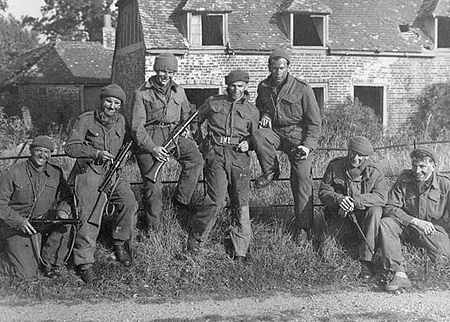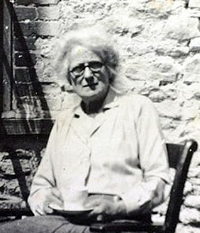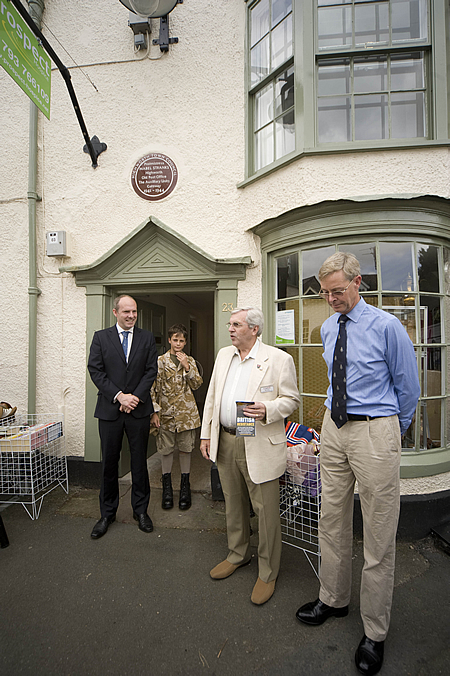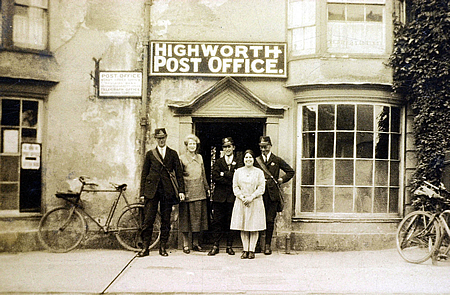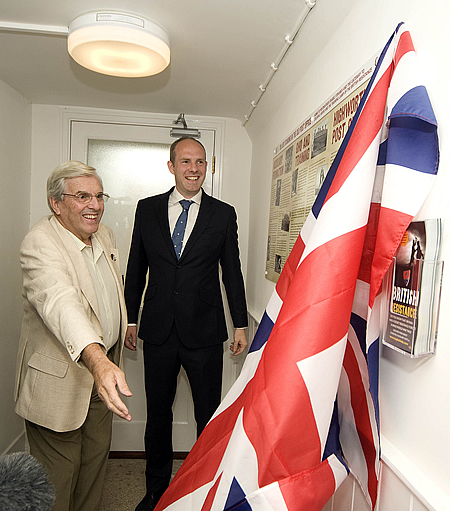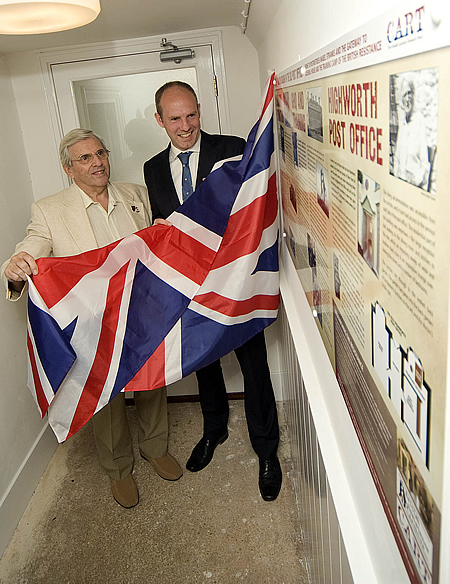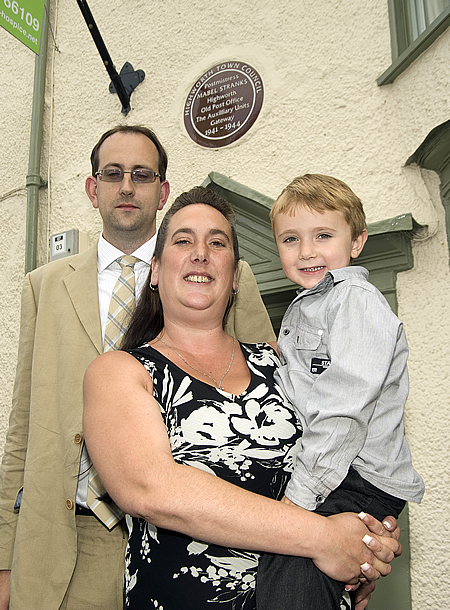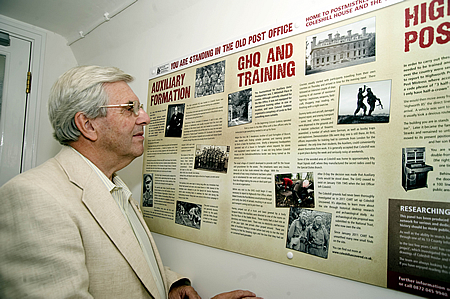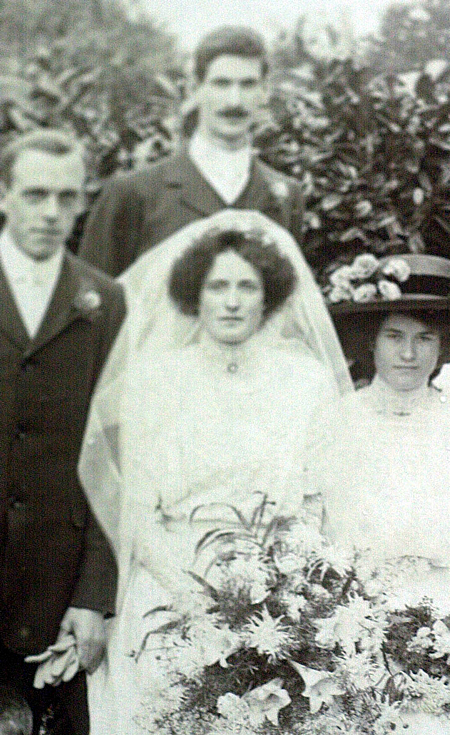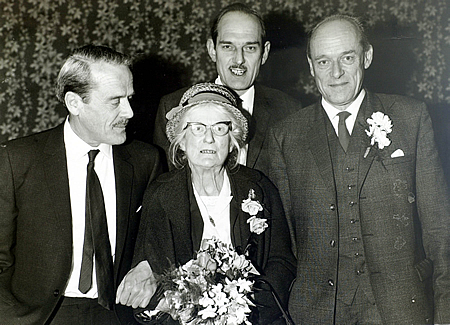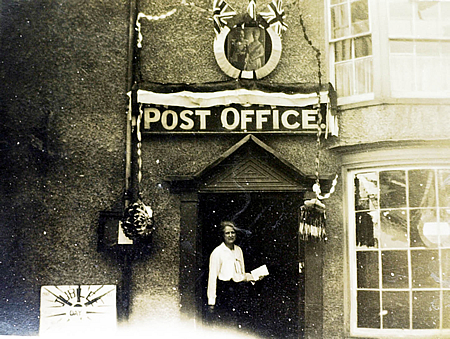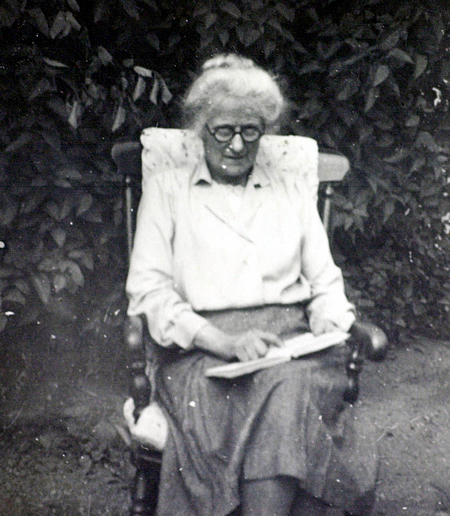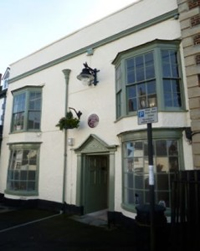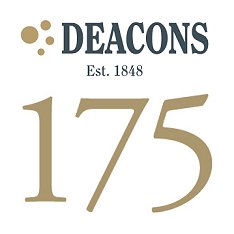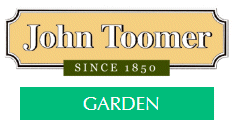Remembering The Gateway To Churchill’s Secret Army
The Coleshill Auxiliary Research Team (CART) unveil a new panel detailing the history of postmistress Mabel Stranks and her remarkable war
Coleshill Auxiliary Research Team researchers unveiled a new panel detailing the history of the Aux Units and postmistress Mabel Stranks on August 20 at 2pm at the
old Post Office in Highworth.
The panel was unveiled by Justin Tomlinson, Swindon North MP and long time supporter of CART and will give the public a real insight into the role that Mabel Stranks played, adding to the plaque that is already placed outside the former post office.
History
During the dark days of 1940 with the Nazi army poised across the Channel a secret resistance force was being set up across the country.
Scores of volunteers who were in jobs considered too important for the war effort for them to be called up to the regular forces were being asked to undertake what amounted to a suicide mission in the event of an invasion.
It is difficult to imagine what role the sleepy market town of Highworth and its postmistress, Mabel Stranks (above right), could have played in this drama but over the last few years their considerable significance has been revealed, and now a new panel is being placed at the former post office in Highworth commemorating their part.
The aim for the resistance force, or
Auxiliary Units as they were officially known, was to have small groups of highly trained, well armed men who in the event of an invasion would disappear to their operational bases hidden beneath the British countryside.
They would wait for the invasion to literally pass over them and then appear at night to disrupt the enemy supply chain, destroy transport and supplies, ‘deal’ with collaborators and generally make a nuisance of themselves to allow the regular army to counter-attack.
In order to get the level of skill needed a training camp was required and
Coleshill House, less than three miles from Highworth was selected as the perfect location.
To maintain this secrecy and to ensure that those who had not been selected and vetted did not get through to the camp, recruits were ordered to arrive at Highworth and report to Mabel Stranks.
The post office was the perfect ‘go-between’ with strangers visiting all the time and the postmistress known for her unassuming nature and discretion.
When they arrived the recruits would ask for Mrs Mabel Stranks, give a passwordand be told to wait. Mabel would then go into her office and make a series of phone calls.
A car would then arrive and those ‘screened’ as official by Mrs Stranks were driven to Coleshill House by the most indirect route. Those suspected as being unofficial by Mabel were taken elsewhere.
The Highworth post office proved to be such an effective tool that it was aptly given the name the ‘Auxiliary Gateway’.
Now a panel has been created by the
Coleshill Auxiliary Research Team (CART) the team behind the British Resistance Archive, a group of researchers dedicated to finding out more about the Auxiliary Units. The panel provides information about the Auxiliary Units and the role that Highworth post office and its postmistress played.
Tom Sykes, founder of CART said. “This is a remarkable story of an incredible woman and the part she played in one of the most secretive organisations of WWII."
"The bravery of Mrs Stranks cannot be underestimated. The life expectancy of an Auxiliary Unit member was just 14 days, and she was all too aware of the reprisals that had been meted out by the Germans to anyone found to be resisting or helping those that were. She never accepted recognition for her part in this secret operation and like many of those she screened, never talked to anyone about her role until her very last days."
For more information on the Auxiliary Units, please visit the CART website via the link below.
